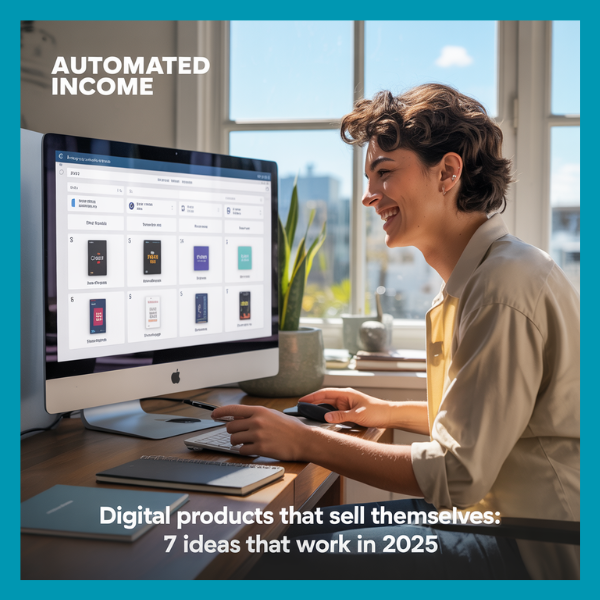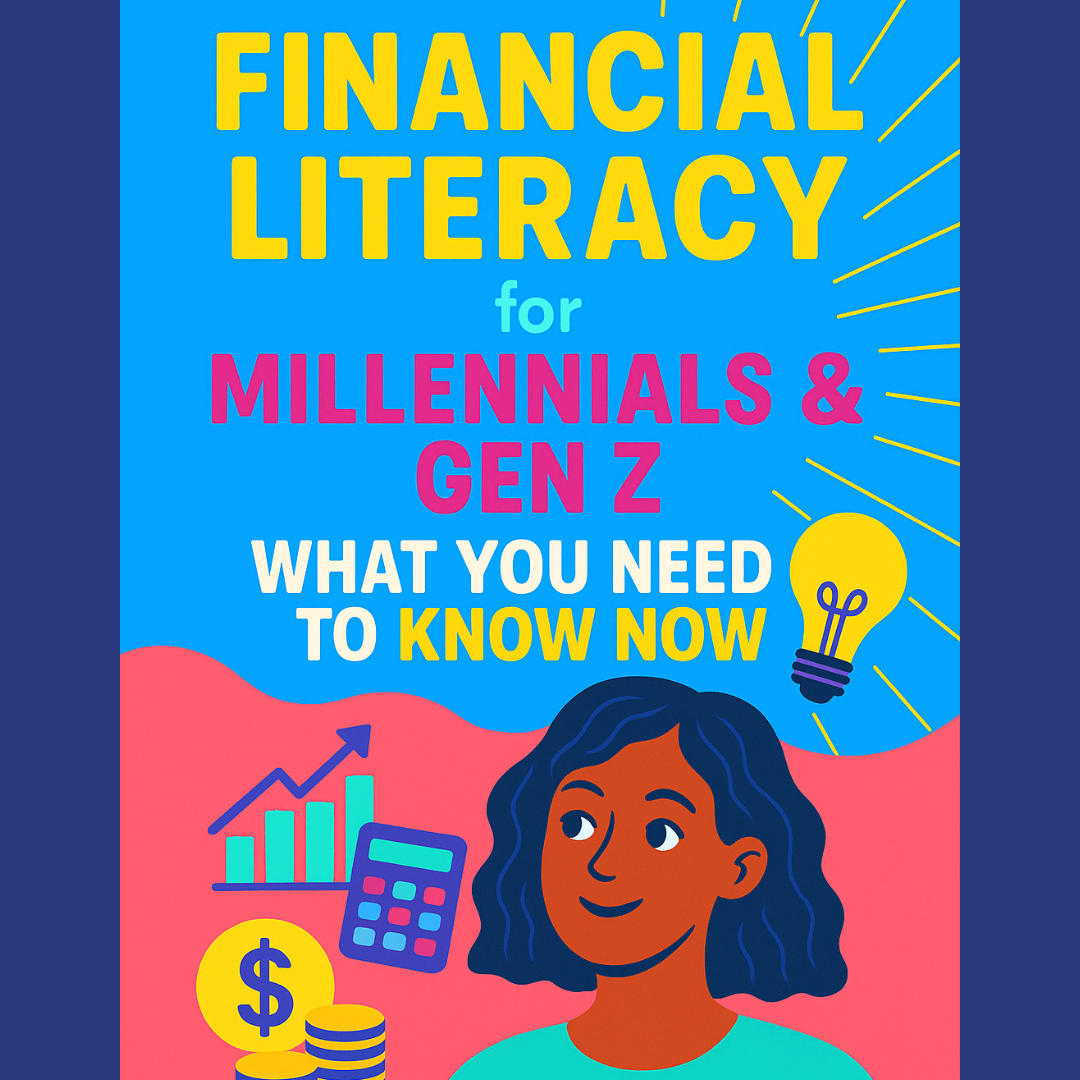In a world consumed by consumerism, where financial pressure is at an all-time high and lifestyle inflation is quietly stealing our peace, minimalist budgeting is the antidote many people are seeking in 2025. It’s more than a money-saving tactic—it’s a mindset shift. Minimalist budgeting invites you to look beyond material wealth and refocus on what truly matters: peace, purpose, and progress.
Instead of feeling constantly overwhelmed by bills, debt, and financial obligations, minimalist budgeting simplifies your money so that your energy can be directed toward your values. It’s about aligning your finances with the life you want, not the life society pressures you to chase. And here’s the exciting truth: by spending less and prioritizing essentials, you naturally stress less and create room to actually live more. Minimalist budgeting doesn’t mean deprivation—it means intentionality.
Let’s explore how minimalist budgeting works, why it’s transforming the way people live in 2025, and how you can adopt this powerful method to gain clarity, calm, and control over your finances.
What Is Minimalist Budgeting?
Minimalist budgeting is a streamlined approach to managing your money that centers on eliminating excess, focusing on needs over wants, and aligning spending with your deepest values. It isn’t about tracking every penny in a complex spreadsheet. Instead, it’s about reducing the clutter—financial and emotional—and creating simple systems that support your lifestyle without draining your joy.
At its core, minimalist budgeting encourages you to live below your means, automate your savings, eliminate debt, and remove unnecessary financial commitments. The result? More freedom, less financial stress, and a deeper appreciation for what money can do rather than what it can buy.
Why Minimalist Budgeting Is So Powerful in 2025
We live in an age of digital distractions, instant gratification, and curated lifestyles that pressure us to spend endlessly. Social media constantly flashes images of luxury, travel, and success. But behind the curtain, many people are living paycheck to paycheck, juggling credit card debt, and sacrificing peace of mind for material appearances.
Minimalist budgeting cuts through the noise. It empowers you to opt out of the consumption race and reconnect with your true goals. In 2025, where inflation, job market changes, and economic uncertainties are ever-present, a minimalist financial lifestyle is not only wise, it’s transformative. Here’s what makes it so powerful:
- Simplicity: Fewer accounts, fewer expenses, fewer worries.
- Freedom: You’re not tied down by payments, clutter, or lifestyle expectations.
- Clarity: You know exactly what matters and what doesn’t.
- Peace of Mind: Emergency savings grow. Debt shrinks. Mental load lightens.
- Sustainability: Spending less is often more eco-conscious and less wasteful.
How to Start Minimalist Budgeting Today
You don’t have to be a financial guru to benefit from minimalist budgeting. All you need is a willingness to rethink what’s truly necessary and valuable in your life. Let’s walk through the essential steps to launch your minimalist money plan.
1. Get Clear on Your Financial Priorities
Start by identifying your core values. What are the non-negotiables in your life? Is it family time? Travel? Debt freedom? Early retirement? Minimalist budgeting starts with purpose. When you know what matters most, it becomes much easier to cut spending on what doesn’t. Take a few minutes to write down your top five financial values or goals. These might include things like:
- Paying off all credit card debt
- Saving for a house or van life
- Creating a 6-month emergency fund
- Reducing work hours for a better work-life balance
- Funding travel or giving generously to causes you care about
These values become your North Star. They guide every money decision you make moving forward.
2. Track Your Expenses—Just Once
While minimalist budgeting doesn’t require obsessive tracking, it’s important to take a clear snapshot of your current financial habits. For one month, track every dollar you spend. Use an app like YNAB, Rocket Money, or even a simple notebook.
The goal isn’t to shame yourself. It’s to reveal your spending patterns so you can make empowered decisions. You might discover that you’re spending $300 a month on subscriptions you forgot about, or $150 a month on takeout that doesn’t actually bring you joy. Once you know where your money is going, you can make clear, confident adjustments.
3. Create a Bare-Bones Budget
The minimalist budget is often called a “bare-bones” or “essentials-only” budget. This is where you define your financial floor—the absolute minimum amount of money you need each month to cover necessities.
This includes:
- Rent or mortgage
- Utilities
- Basic groceries
- Insurance
- Transportation
- Minimum debt payments
Everything outside of this is optional. Not off-limits—just optional. Once your bare-bones budget is in place, you can add a few flexible categories (like a dining-out allowance or entertainment) with intention, not out of habit.
4. Eliminate the Unnecessary
Minimalist budgeting thrives on subtraction. Look through your tracked expenses and ask yourself: “Do I use this? Do I love this? Does this align with my values?”
Cut ruthlessly:
- Cancel unused subscriptions and memberships
- Reduce impulse purchases and shopping habits
- Say no to things that drain your wallet and energy
- Consider downsizing your home, car, or lifestyle if it feels right
Less truly is more. Every dollar you no longer waste becomes a dollar that works for your goals.
5. Automate What Matters
Now that you’ve simplified your budget, it’s time to automate the most important pieces. Minimalist budgeting shines when paired with automation. It reduces decision fatigue and keeps your priorities on track without constant effort.
Here’s what to automate:
- Direct deposit into your emergency fund or savings account
- Scheduled payments toward debt or loans
- Auto-contributions to retirement or investment accounts
- Bill payments for rent, utilities, and essentials
With automation in place, your money flows according to plan while you focus on living your life.
6. Adopt a “One In, One Out” Rule
This minimalist concept applies beautifully to both budgeting and possessions. For every new item or expense you add, remove one. For example:
- If you sign up for a new subscription, cancel another.
- If you buy a new outfit, donate an old one.
- If you decide to add a gym membership, make room in your budget by eliminating something else.
This keeps your finances lean, intentional, and focused.
7. Build a Buffer—Then Build Wealth
Minimalist budgeting creates financial breathing room. As your spending decreases, you’ll begin to build a natural surplus. Use that margin wisely. Start with a $1,000 emergency buffer, then build up to 3–6 months of expenses. Once your foundation is solid, channel extra money into debt payoff, investing, or saving for life-enhancing experiences like travel, education, or sabbaticals. With fewer expenses, you can reach financial milestones faster—and with far less stress.
8. Revisit and Refine
Minimalism isn’t static, and neither is your budget. Check in with your finances monthly or quarterly. Ask:
- Are my spending habits aligned with my goals?
- Is there any new clutter I need to clear?
- Can I simplify this even further?
The goal isn’t perfection—it’s progress and alignment. Minimalist budgeting is a journey of constant refinement and freedom.
Living More with Less
Perhaps the most beautiful part of minimalist budgeting is that it gives you your life back. It takes the pressure off earning more and replaces it with the power of spending less, yet enjoying life more. Imagine waking up without financial anxiety. Imagine knowing your needs are covered, your savings are growing, and your money is aligned with what really matters to you. That’s the magic of minimalist budgeting.
People who embrace this approach often report greater peace, improved mental health, deeper relationships, and more meaningful lives. Why? Because when money is no longer a source of constant stress, it becomes a tool for creating freedom. In 2025, minimalist budgeting isn’t just a trend—it’s a lifestyle shift that aligns beautifully with the desires of a new generation that values experiences over excess, time over things, and freedom over financial pressure.
Take the First Step Today
You don’t need to have it all figured out. You just need to take the first small step. Maybe that’s reviewing your last 30 days of spending. Maybe it’s canceling three subscriptions you never use. Or maybe it’s writing down your top five financial values. Whatever step you choose, do it with confidence. You’re not just creating a budget—you’re creating a better life. Minimalist budgeting is not about restriction. It’s about intention. And when you live on purpose, every dollar becomes a tool, not a trap. Spend less. Stress less. Live more. Your financial peace starts now.





